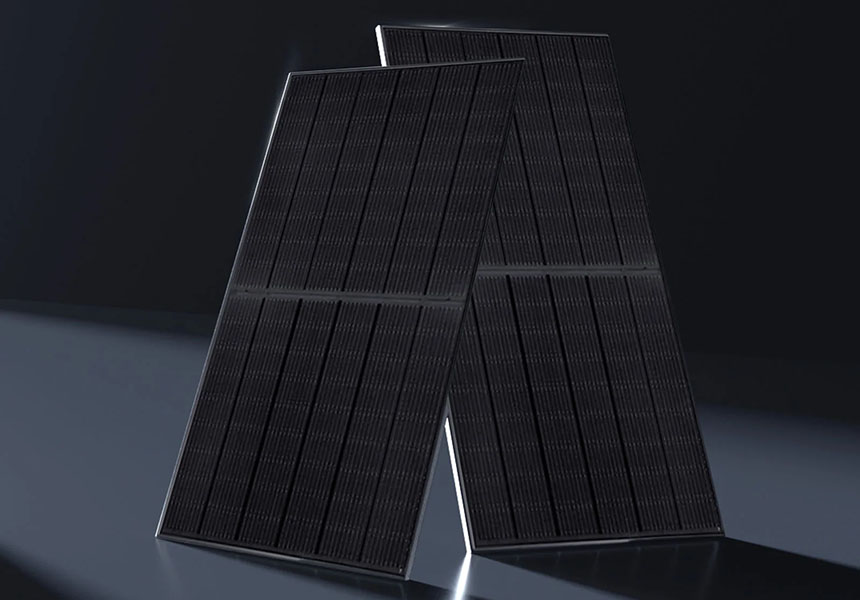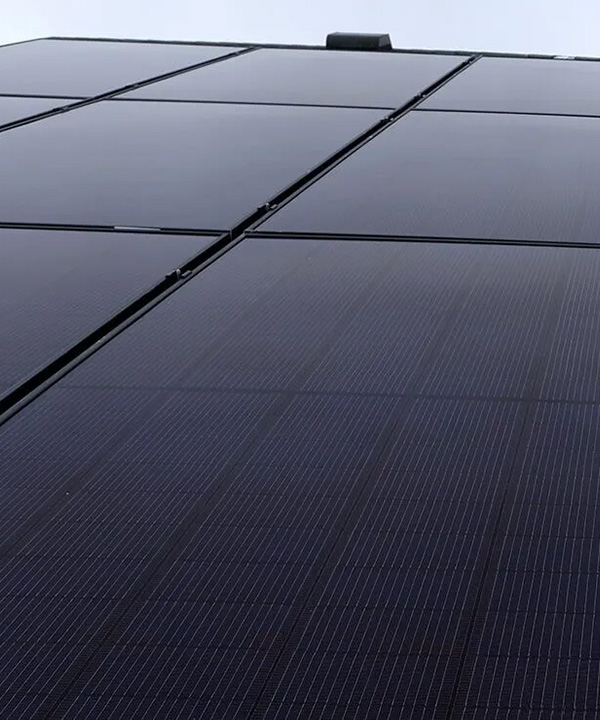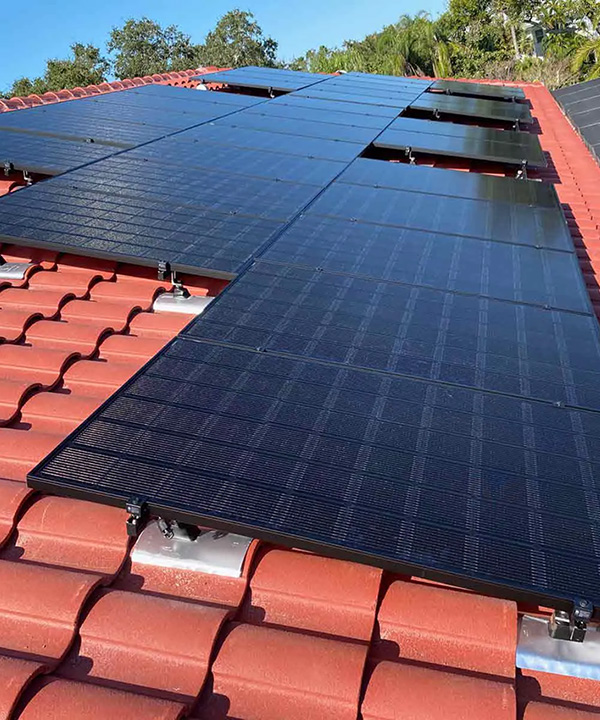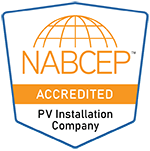Florida’s Choice for Reliable Solar Panels
Solar Panel Services
Seacoast Solar provides quality solar panels at competitive prices with a lease option. We’re committed to helping homeowners and businesses obtain solar technology without a manipulative sales pitch. We are further dedicated to delivering exceptional customer service, before and after your solar panels are installed. We know that solar panel technology is a serious consideration, therefore we’ve developed a sales process that’s educational, friendly, and simple to understand – giving you clarity and confidence. Our customer’s family and friends continue to refer us because of confidence.
Challenge Choosing Solar Panels
Solar panels are the most visible part of a solar system and are a reliable way to generate electricity. While the use of solar panels for power generation has gained popularity, some mental barriers still impede wider adoption. Factors such as the installation cost, perception of reliability, lack of knowledge and awareness, and an inefficient infrastructure all contribute to hindering the broader use of solar panels, but don’t worry, you are in good hands with Seacoast Solar. The potential for long-term cost savings, environmental sustainability, and energy independence makes solar panels a compelling option. Together, we can help you build a future powered by clean and renewable energy.

Cleaner, Abundant Power
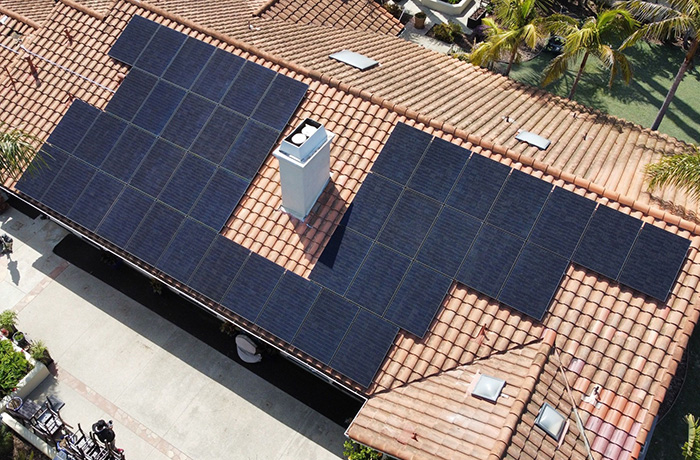
Affordable Solar Plans
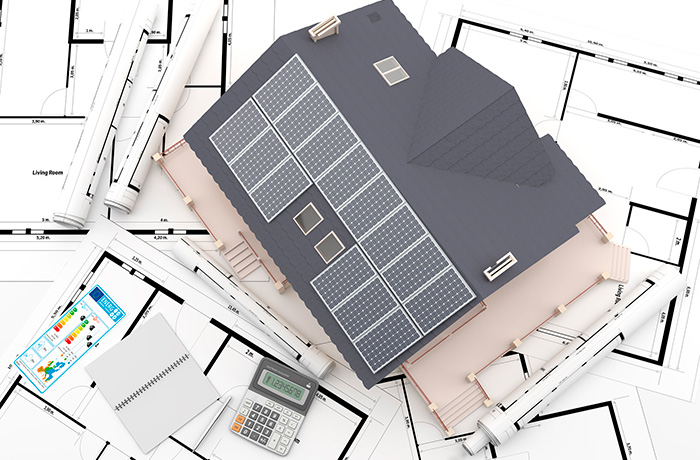
Designed for Your Home
Types of Solar Panel Systems
Grid-Tied Solar Systems: If your main goal with solar electricity is to save money on your electric bills, then a grid-tied photovoltaic (PV) system is the way to go. Grid-tied solar systems are connected to the electric grid, allowing you to send extra solar power your home isn’t using to the grid and pull power from the grid when your solar panels are not producing enough. A solar incentive system called net metering allows you to earn credit for the power you send to the grid so you can offset the cost of the power you buy from the grid.
Grid-Tied Solar with Battery Backup (Hybrid Systems): Hybrid solar panel systems connect to the electric grid and function like a regular grid-tied solar system most of the time. But they also have solar battery systems that allow them to store excess solar power for later use. The stored energy can be used at any time and allows you to power your home with solar at night, on a cloudy day, or during a power outage.
Off-Grid Solar Systems: Off-grid solar power systems have no connection to the utility grid. They generate 100% of the power you need so you can live fully off the grid. Because they can’t use the grid for backup power, off-grid systems need a battery bank and backup generator to ensure no loss of power. For remote homes, cabins, workshops, agricultural locations, or any structures beyond the reach of the grid, off-grid systems are a good option. These systems are usually in locations where connecting to the grid would be prohibitively expensive.
Types of Solar Arrays
Seacoast Solar can provide a variety of solar arrays suitable for different properties. Probably the most competitive solar product market, mounting systems are an important element of solar arrays—they secure solar panels to the roof or the ground. The different options depend on the size and location of your property:
Rooftop Racking: A solar panel roof mount (also called a solar racking mount or solar system mount) will hold your solar panels and system in place. The mounting system is a crucial component because it is responsible for securing and stabilizing the solar panels on your roof without compromising the roof’s stability or water tightness
Ground Mount Racking: Our ground-mount systems are perfect for those with limited roof space or shade issues while pole-mount systems installed in open areas with optimal sun exposure can produce excellent results. As a result, they are an ideal choice for residential, commercial, or agricultural use.
Pole Mount: While pole mounting solar panels can maximize exposure to sunlight, it does require a large portion of land to be dedicated to the solar installation. For this reason, solar panel pole mounting tends to be limited to commercial or agricultural installations, or on large private properties.
Dual or Single-Axis Trackers: To improve energy output, developers and installers turn to tracking systems. These motorized ground mounts track the sun throughout the day, ensuring the panels are facing the sun at all times. Single-axis tracking systems span panels on long rows, following the sun from east to west. Dual-axis tracking systems separate tables of panels and follow the sun on a more circular path for the best energy output.
Carport Solar Racking: Solar carports and canopies can be looked at as really, really tall ground mounts. They are very common in commercial settings, especially at schools and business campuses. Reinforced concrete foundations hold large steel beams that support solar panels overhead. Many carports can be equipped with electric vehicle charging stations for a bonus to cars sheltering underneath.
Floating System: Floatovoltaics—a solar array that floats on water—has taken off in Asia and parts of Europe, and it’s beginning to find its way to the United States. Many reservoirs and water treatment facilities can benefit from leasing their water surfaces to solar developers. Although not anchored to the ground, floating solar arrays still borrow characteristics of ground-mounted solar.

